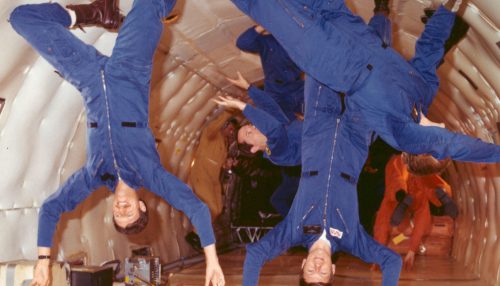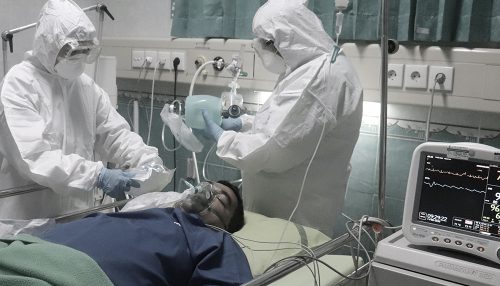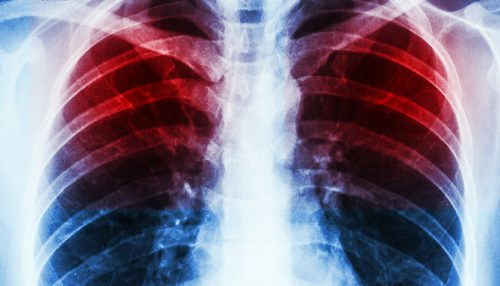
Whole-body vibration training (WBVT; a type of vibrotherapy) is often used in addition to conventional physical training, to improve skeletal muscle strength in both sports and rehabilitation. Recent studies have also shown that WBVT can be a useful form of exercise for improving cardiovascular function in the elderly and weak. However, the mechanisms underlying the […]





